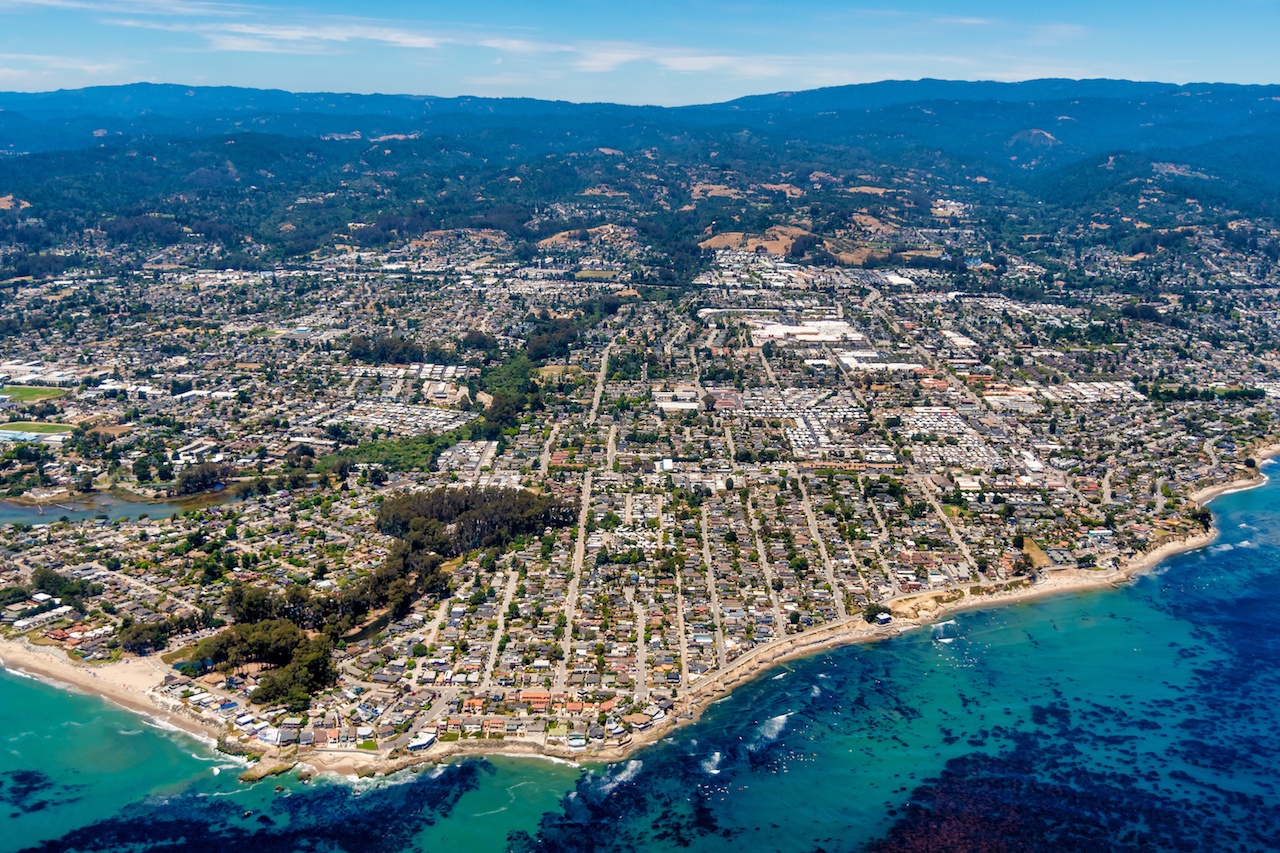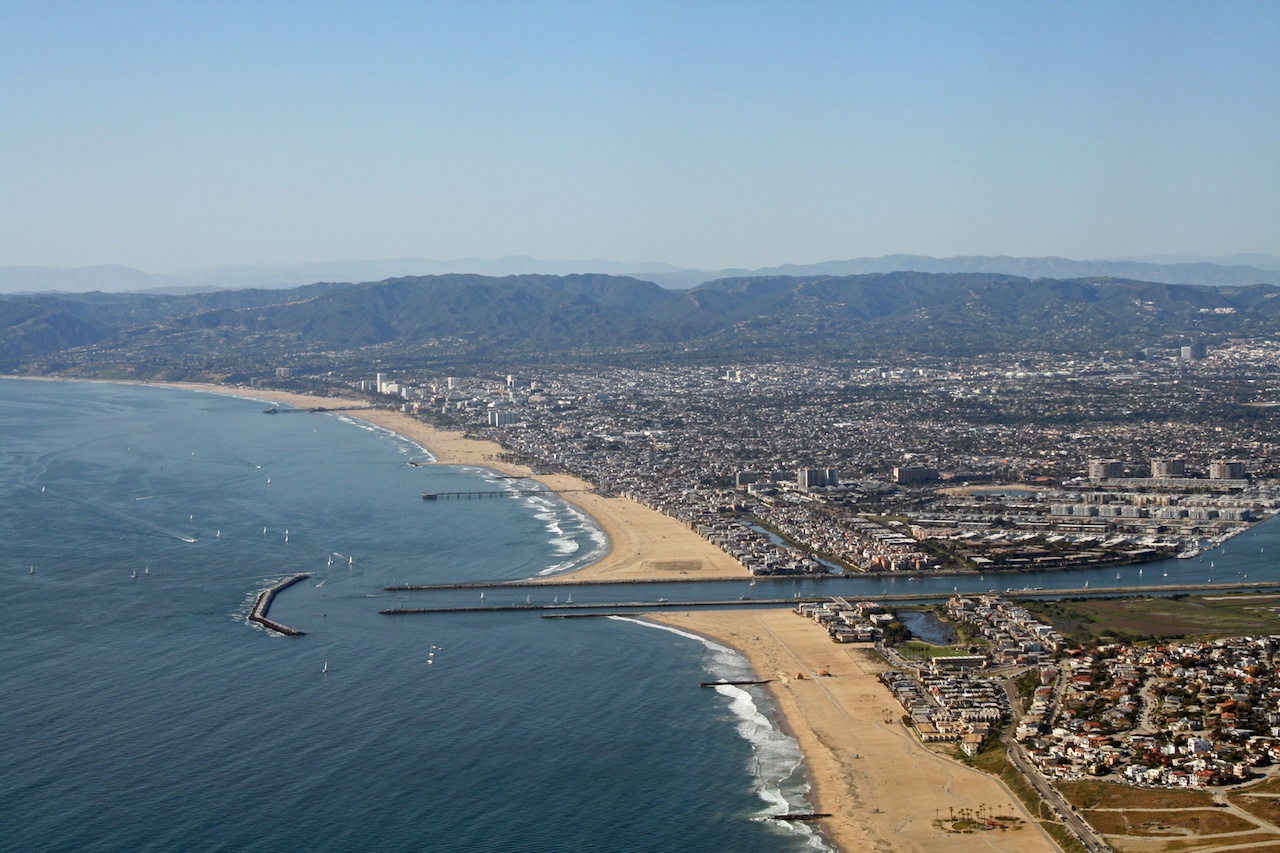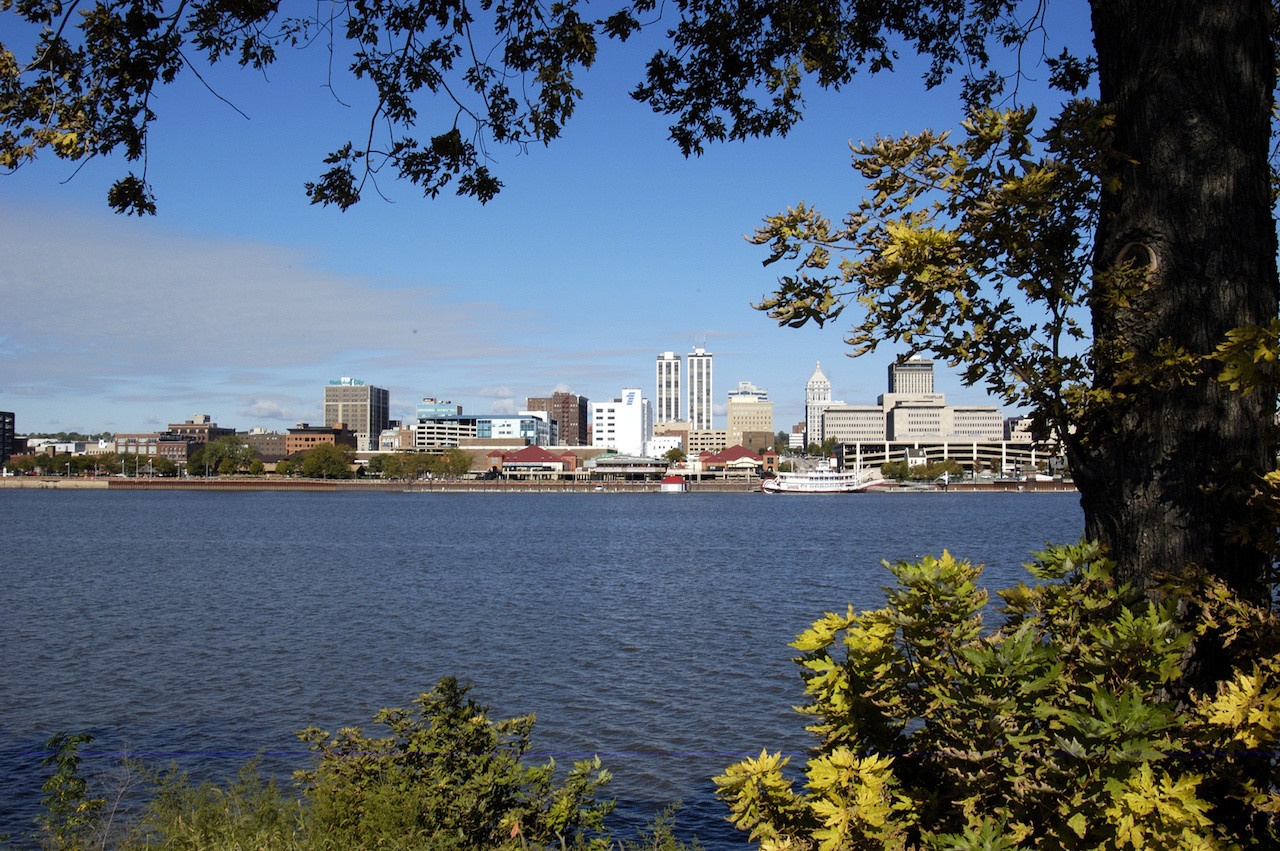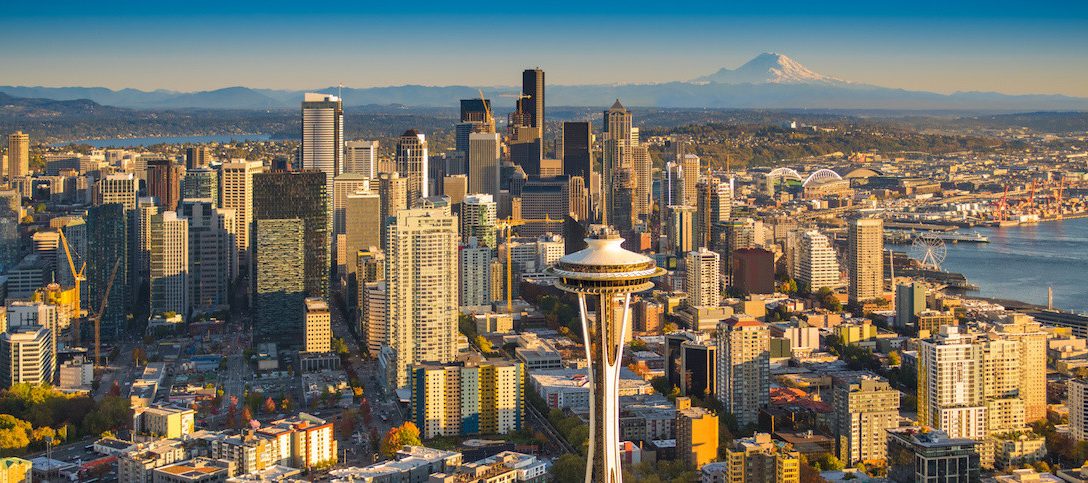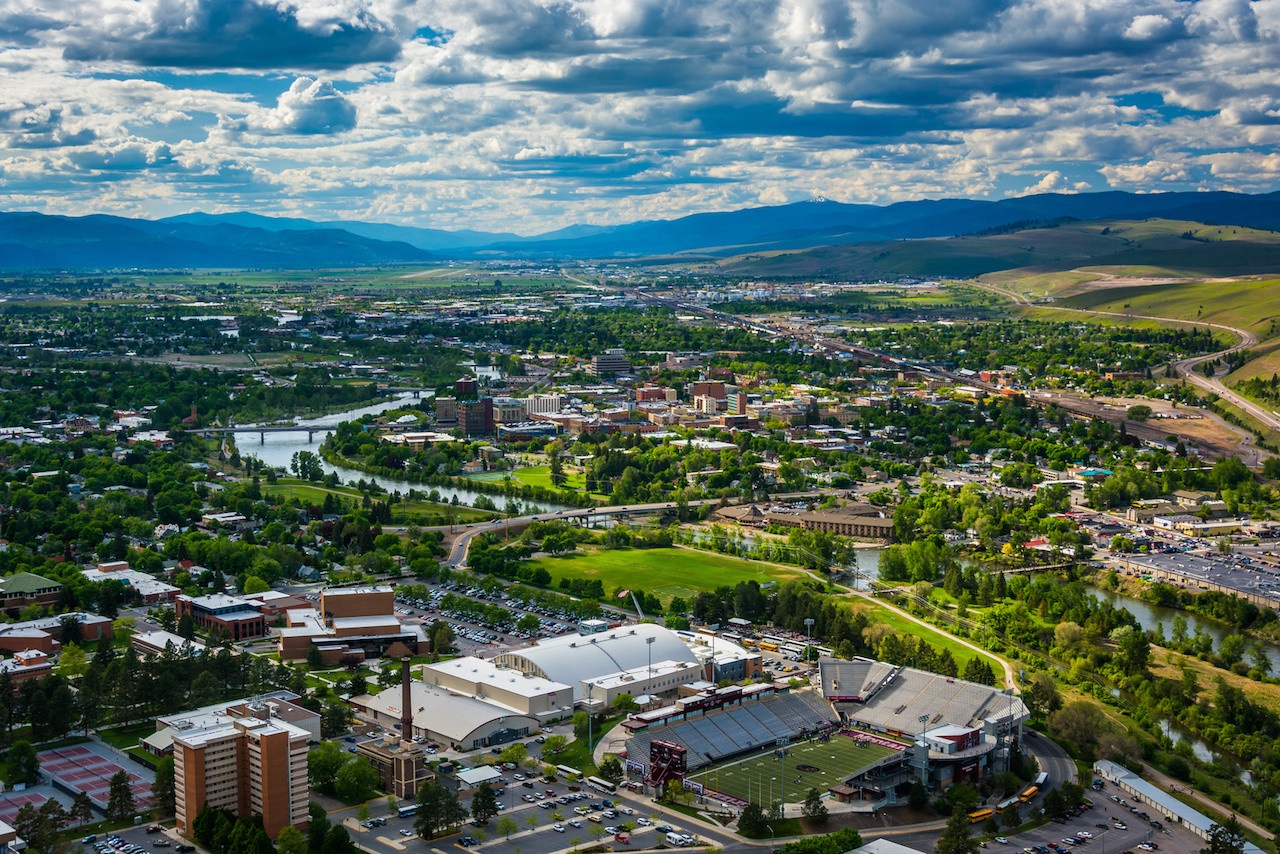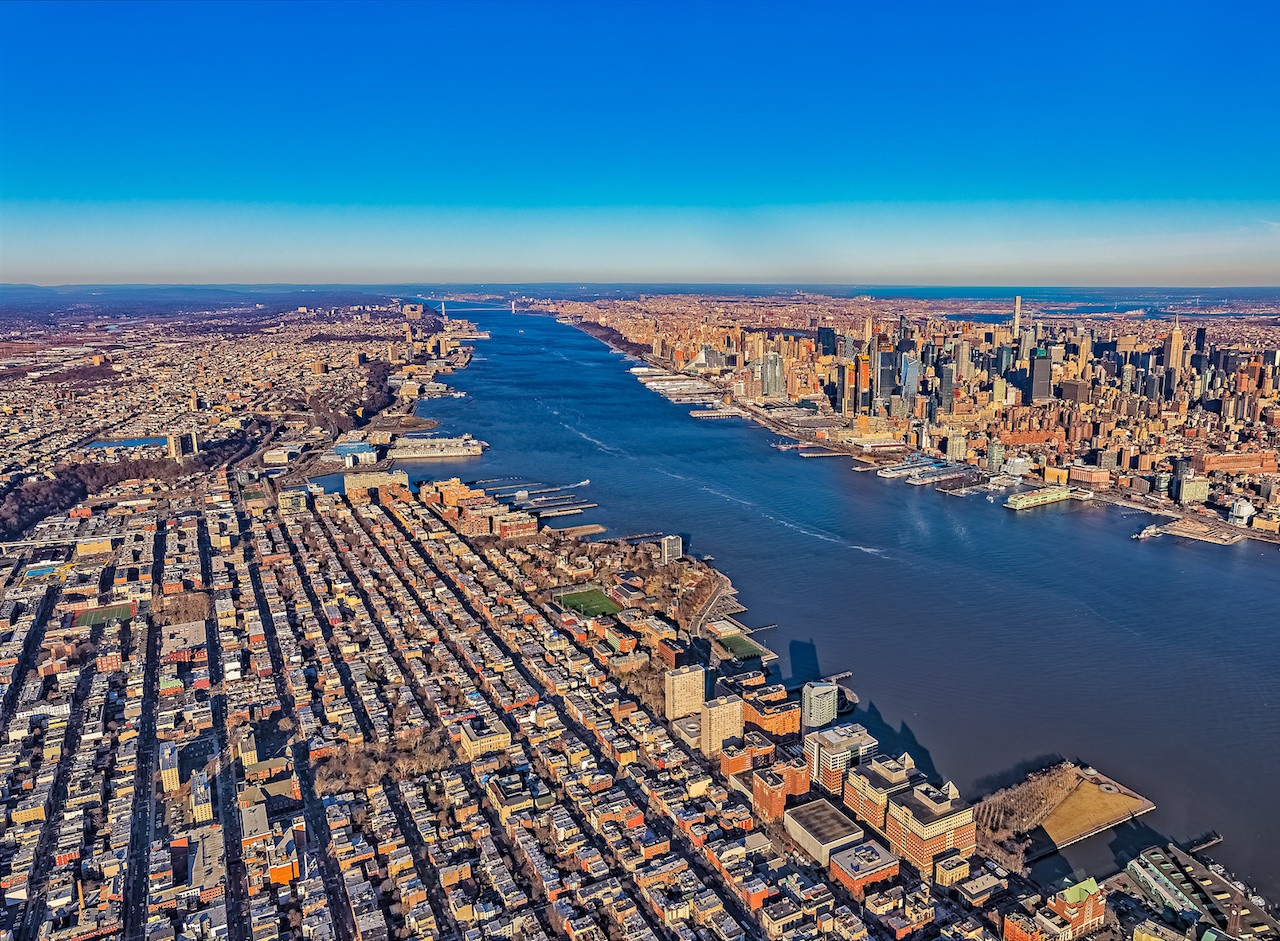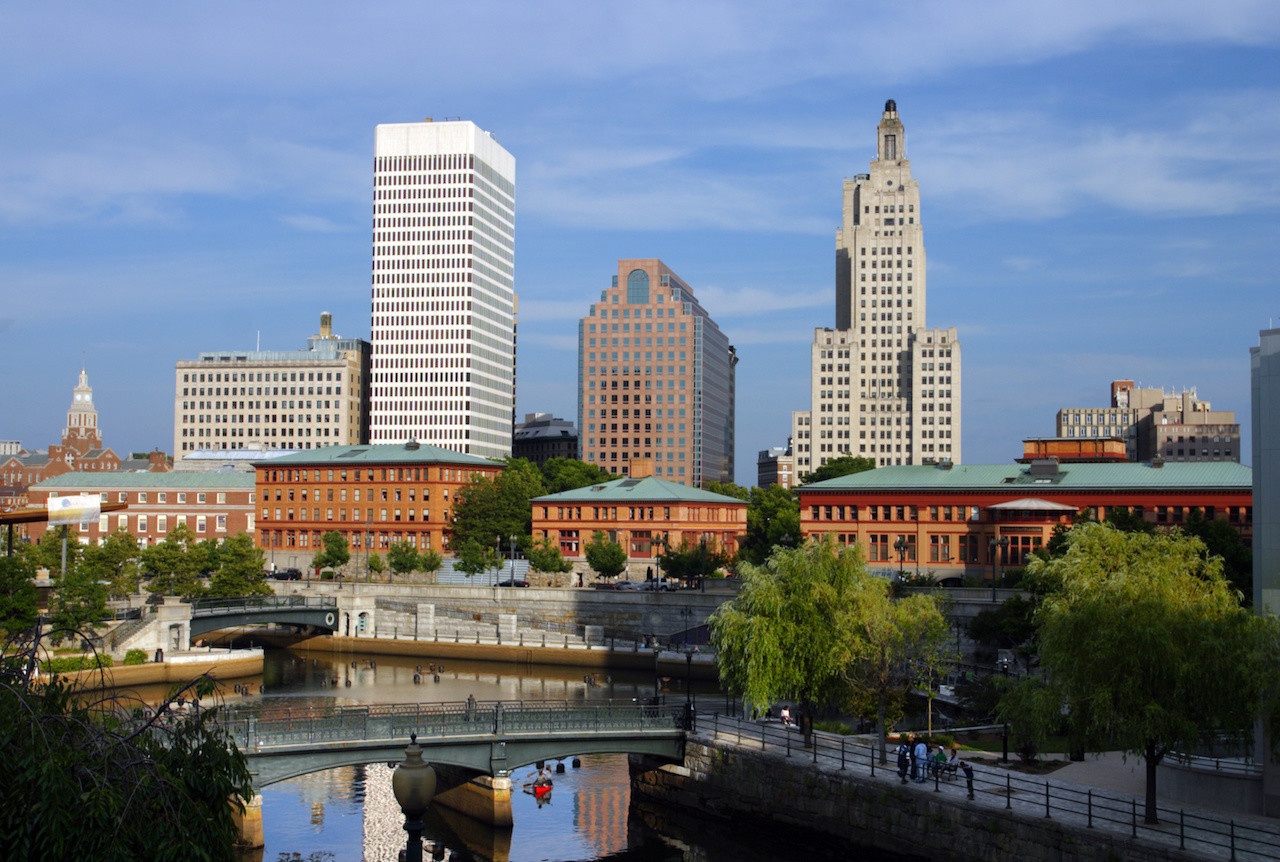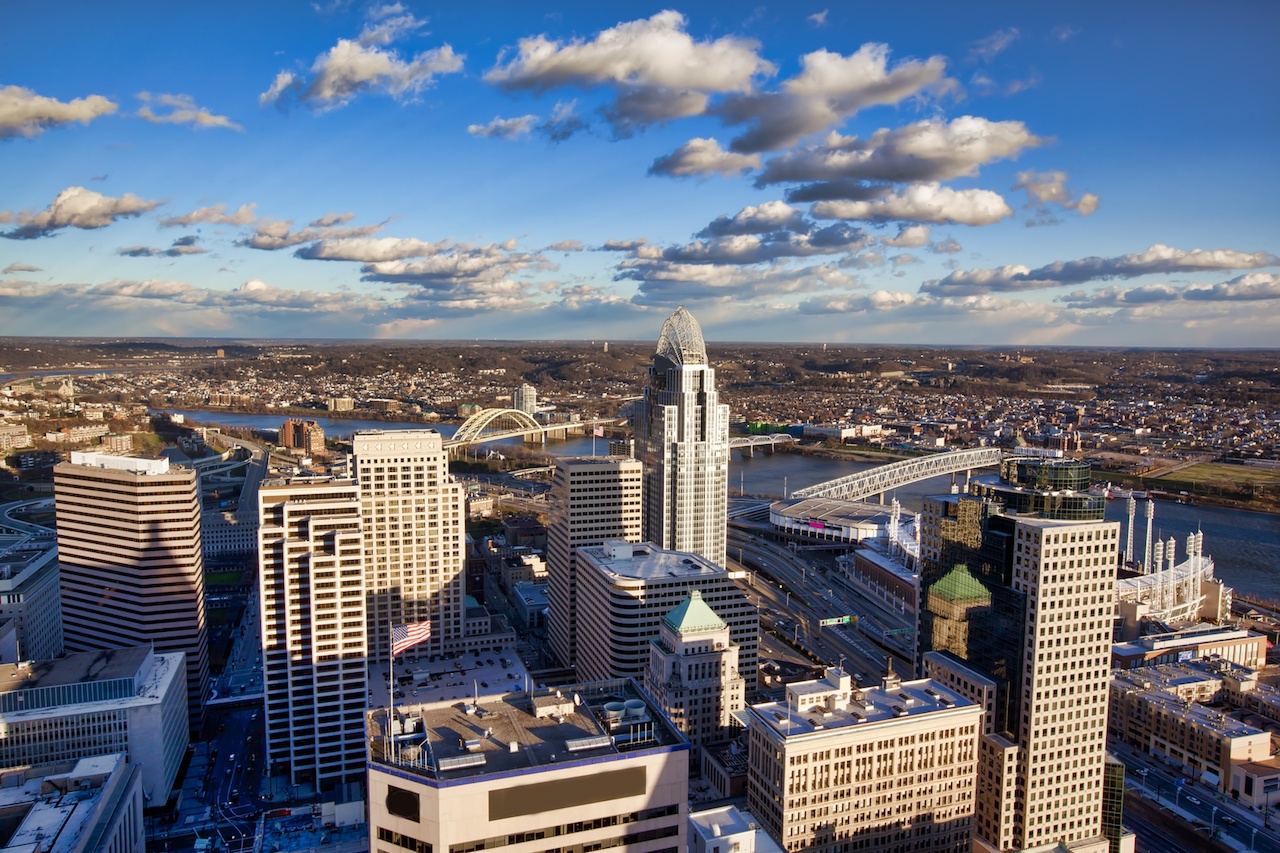Infrastructure
A broad category of content focused on infrastructure-related topics in cities.
Examples: the built environment, building management systems, smart lighting, airports, street design
Innovations in Urban Water Reuse
Water is valuable during all parts of this interconnected urban water cycle – there are opportunities at every step to maximize use that benefits the community, economy and environment. Viewing water as a resource and understanding the interconnectedness of One Water allows for innovative solutions to arise.
Resilience Calls for Smart Planning and Great Leadership
Fear can spurn action but it can often be paralyzing. When it comes to “acts of God,” leaders can take a fatalistic or resigned approach. We can’t prevent earthquakes or hurricanes, so if the big one hits, what really can we do about it? The fallacy in this approach is an all or nothing perspective. The belief that if I cannot solve the entire problem, then why bother?
Better Green Infrastructure Starts with Benefits-Driven Design
In order to realize its potential, green infrastructure must be designed holistically in partnership with the community, delivered at scale, and maintained for the long-term.
The Role of Utilities in Advancing Smart Cities
City Light became an early leader in acknowledging climate change and supporting business practices to reduce utilities’ carbon footprints. Acknowledging this was an important first step in reducing the communal impact of this city that lies in the heart of the beautiful Pacific Northwest.
Improving Access to Urban Trails
The benefit of parks and trails is greatest for those who live closest to these resources, and a disparity in access can have significant health, social, and economic implications, while also exacerbating environmental justice concerns in communities.
Planning Public Spaces to Drive Health Equity
The social and environmental factors that influence our health do not play out in a linear way—they interact with and affect each other. We are each the product of our cumulative experience, and our health is the product of our cumulative exposures over a lifetime. For that reason, we sought to provide a holistic model for individual and community health and well-being.
Building Resilience with Microgrids and Smart Energy
In some regions, electric grids have increased capacity, become more reliable, much better at integrating distributed renewables, smarter and more resilient. In other places, serious investment is needed to reduce the risk of failure in storms and malfunctions that cause everything from wildfires to millions living for days in darkness. Microgrids are a growing part of the solution.
How Not to Shoot Yourself in the Foot: Smart Planning and P3s
When community leaders consider investments in sustainability, resilience, and smart infrastructure, they face a dilemma. Immediate priorities drive a focus on meeting short-term needs, but strategic objectives often require a big-picture outlook. Illustrative...How Reclaiming the U.S. Infrastructure Advantage Will Help Bridge the Urban and Rural Divide
If the United States invests in strengthening its infrastructure, it can restore the critical bonds that allow Americans to freely and efficiently move goods, ideas and workers through every type of community. The U.S. equipment manufacturing industry understands this better than most. We support 1.3 million jobs across the United States, and maintain manufacturing facilities across every corner of our great nation. You can find our member companies’ equipment hard at work everywhere from construction sites in major cities to corn fields in the Midwest.
How a 17th Century City is Tackling 21st Century Problems
Our goal is to improve the quality of life as well as the quality of opportunity for all residents in the community by embracing these challenges and becoming a national test case for new technologies, delivery systems, and financial models. We also want to see how the public sector, with private and impact investors could cooperate in the development, execution and management of municipal “civic infrastructure.”
Artificial Intelligence for Roadway Maintenance
The growing autonomous vehicle fleet, together with countless truck and passenger vehicle fleets on the road now, will be instrumental in passively – read inexpensively – gathering timely, precise, and local data that is so essential to better roads. With success, the centuries old process of manual inspection will be replaced with a more cost-effective methods for monitoring roads.

